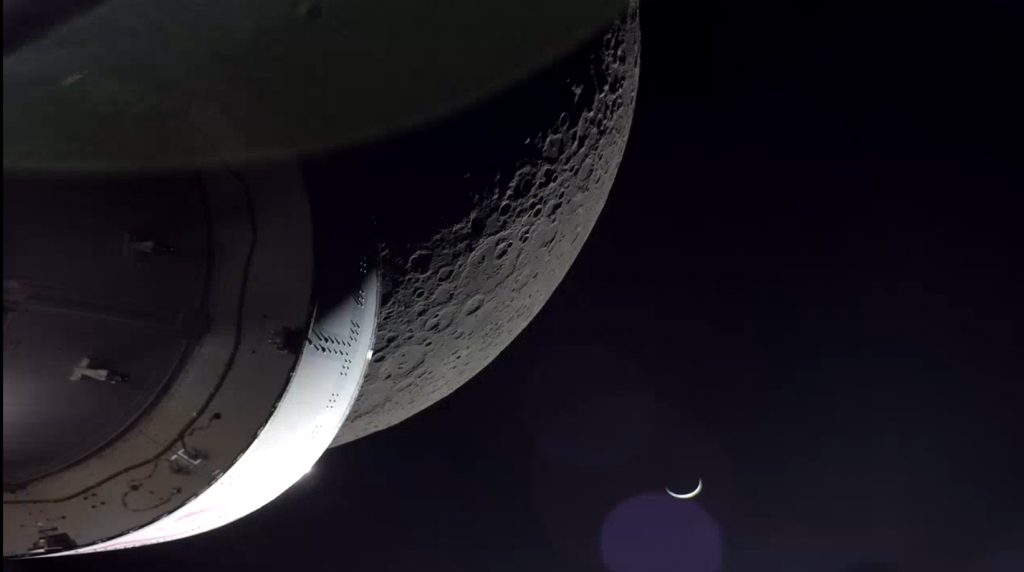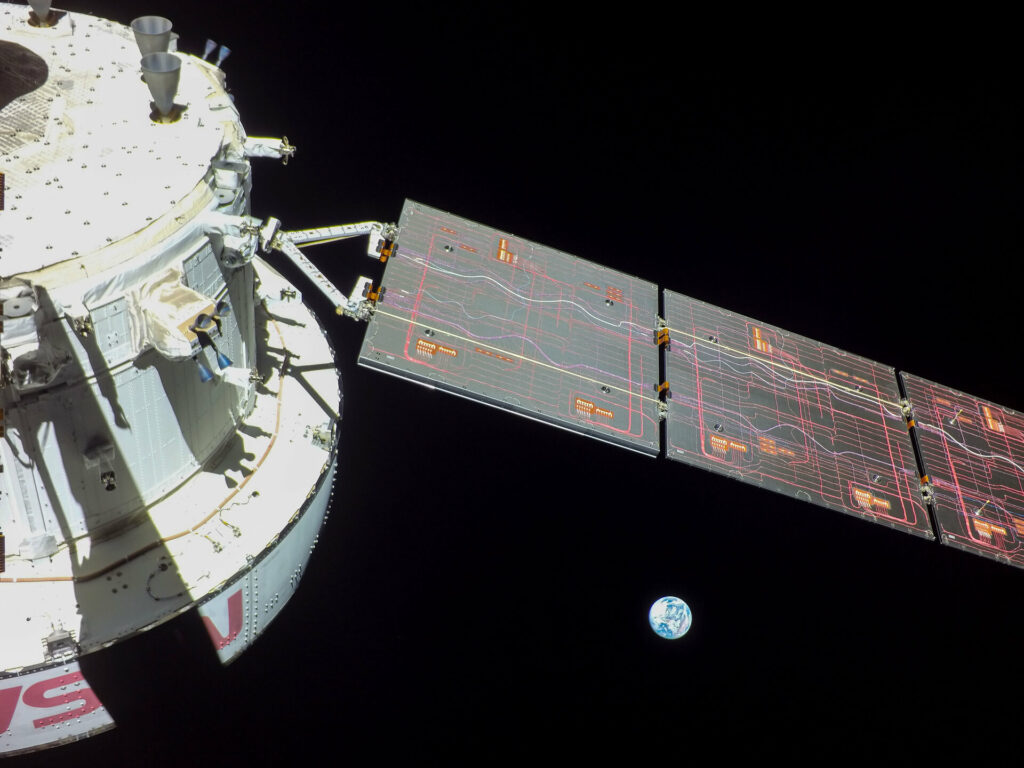The Orion spacecraft has successfully completed the critical maneuver required to return to Earth. This event will take place on December 11.

On December 5, Orion made a close flyby of the Moon. After the spacecraft passed the point of minimum approach, it activated its main engine and successfully performed a course correction that sent it to Earth.
It is curious that an engine with the tail number AJ10-190 is used as the main power unit on Orion. Previously, it was part of the orbital maneuvering system of reusable spacecraft. In total, AJ10-190 made 19 space shuttle flights.

In the coming days, Orion will have to make several small course corrections necessary for its more accurate targeting of the landing area. A few hours before entering the atmosphere, the capsule of the spacecraft crew will separate from the service compartment. The last one is not equipped with thermal protection and will burn. As for the crew capsule, it will enter the atmosphere at a speed of 11 km/s. This is 30% more than the speed of spacecraft returning from the ISS. At the peak, Orion’s thermal protection will warm up to a temperature of 2800 °C. If all goes well, the capsule of the spacecraft will make a landing near San Diego.
The next Orion flight will take place as part of the Artemis I mission. The spacecraft with four astronauts (three of them will represent NASA, the fourth — the Canadian Space Agency) will fly around the Moon on a free return trajectory, and then return to Earth. At the moment, this mission is scheduled for May 2024.
Recall that during its flight Orion broke the record set by the Apollo 13 mission in 1970.
According to https://www.esa.int
Follow us on Twitter to get the most interesting space news in time
https://twitter.com/ust_magazine

